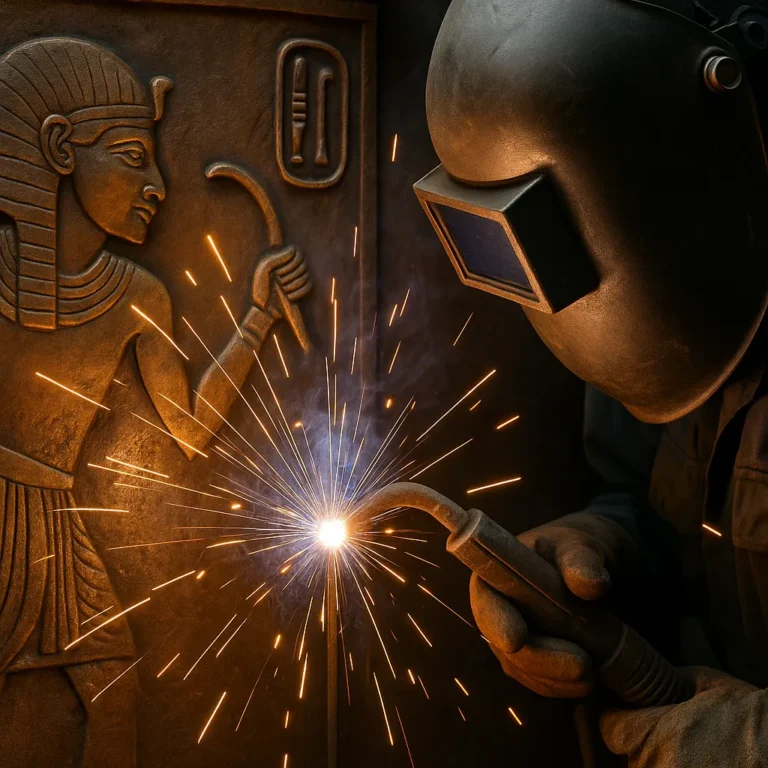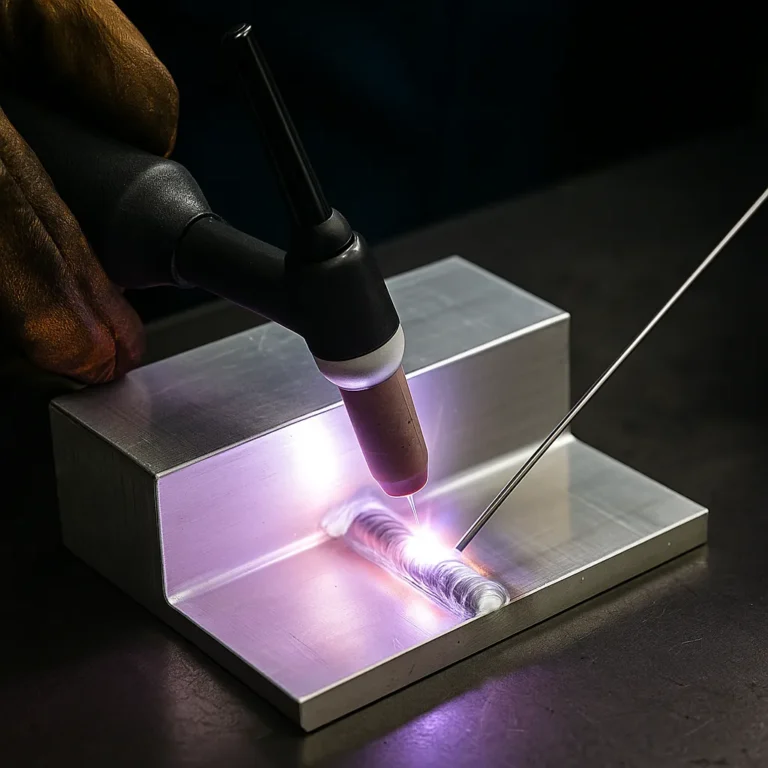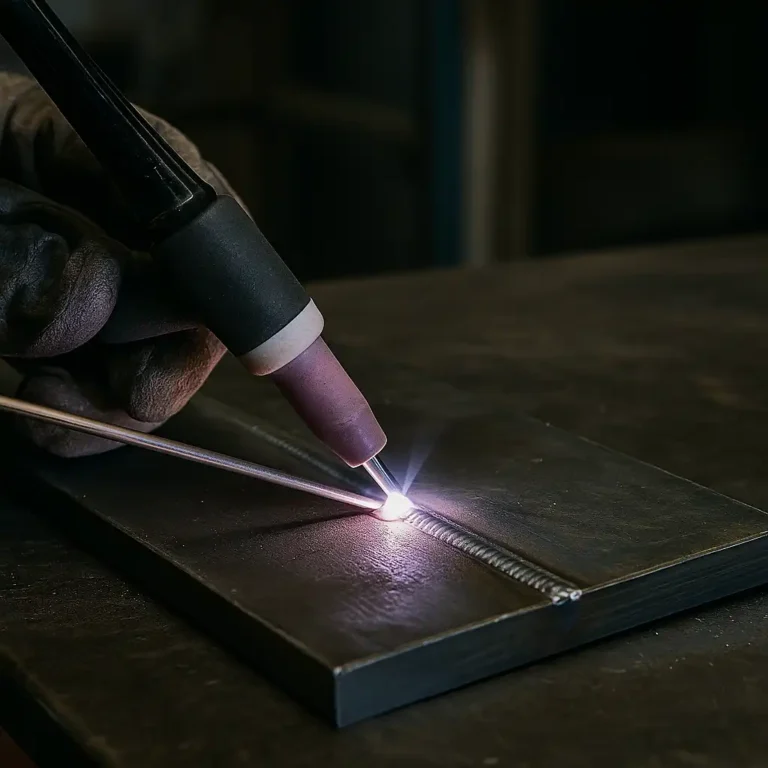Gas vs No Gas MIG Welding: Which Setup Is Best for Your Needs?

Disclosure: This post contains affiliate links. As an Amazon Associate, I earn from qualifying purchases—at no extra cost to you.
When it comes to MIG welding, one of the most important decisions a welder makes is whether to use a gas-shielded system or go gasless with flux-core wire. Both options offer unique advantages depending on the project, environment, and budget. Whether you’re a beginner setting up your first machine or an experienced welder considering a change, understanding the pros and cons of gas vs. no-gas MIG welding can help you make an informed choice.
Understanding Gas MIG Welding
Gas MIG welding, often called GMAW (Gas Metal Arc Welding), uses an external shielding gas—typically a mix of argon and CO₂—to protect the weld from atmospheric contamination. The shielding gas ensures a stable arc, cleaner welds, and minimal spatter.
Advantages of Gas MIG Welding
- Cleaner Welds: The gas creates a smooth, visually appealing bead with less slag and post-weld cleanup.
- Better for Thin Metal: Gas MIG is ideal for automotive work or light fabrication using sheet metal.
- Improved Visibility: No flux means better visibility of the weld puddle during operation.
Disadvantages of Gas MIG Welding
- Not Wind-Friendly: Even a mild breeze can disrupt the gas shield, making outdoor use challenging without a welding tent.
- Higher Equipment Cost: You’ll need a gas cylinder, regulator, and potentially more expensive wire.
- Less Portable: The gas tank and extra gear reduce portability.
What Is No Gas MIG Welding?
No gas MIG welding, also known as FCAW (Flux-Cored Arc Welding), uses a hollow wire filled with flux that creates a shielding gas when burned. This self-shielding process eliminates the need for an external gas supply.
Advantages of No Gas MIG Welding
- Works Outdoors: The built-in shielding is less affected by wind, making it ideal for field repairs and farm use.
- Portability: Without gas bottles, the setup is lighter and easier to transport.
- Penetration: Flux-core welding offers deeper penetration, which is helpful for thicker materials.
Disadvantages of No Gas MIG Welding
- More Cleanup: The slag created by the flux must be chipped or brushed away after each weld.
- More Spatter: The arc is often less stable, leading to more spatter and possible inclusions.
- Learning Curve: It can be harder for beginners to control weld quality without proper technique.
Choosing the Right Option for Your Work
If your welding is mostly indoors, involves thinner materials, or you’re focused on clean aesthetics, a gas MIG welder is the better option. On the other hand, if you often weld outside, need portability, or work on heavy-duty applications, a no gas (flux-core) MIG welder is more practical.
Some machines allow switching between both methods, giving you flexibility based on the task.
Conclusion
Gas vs no gas MIG welding comes down to your working conditions and priorities. Both methods have proven themselves in professional and hobbyist settings alike. Knowing where and how you’ll be welding will guide your choice—and for many, a dual-mode welder offers the best of both worlds.





